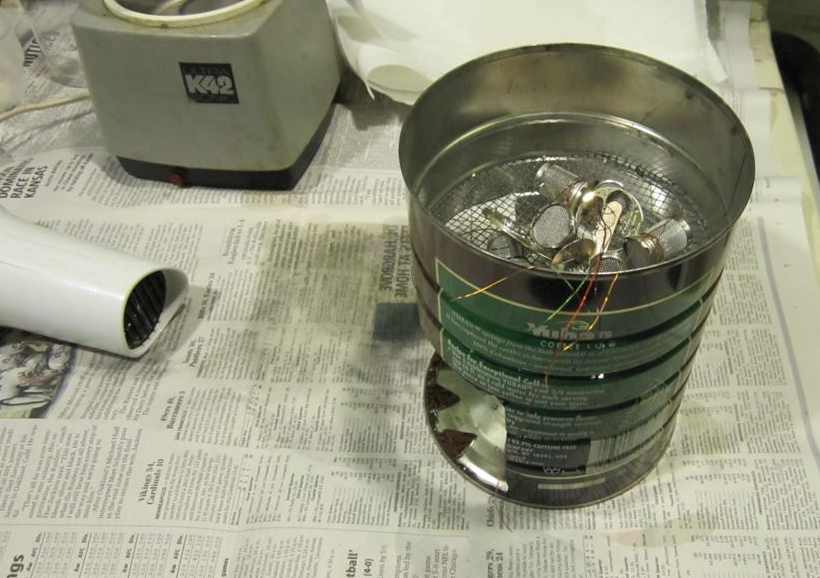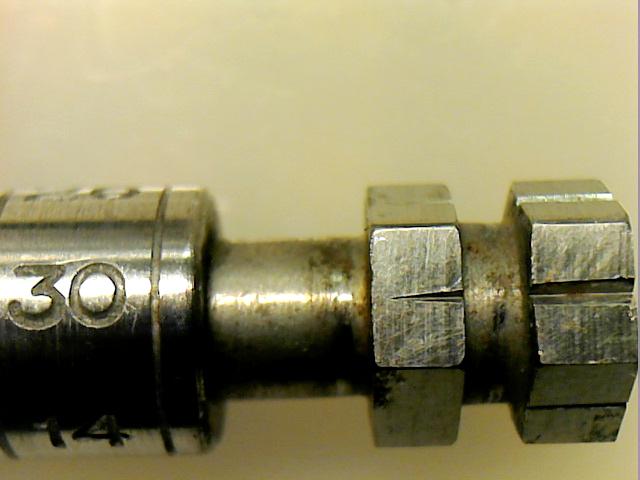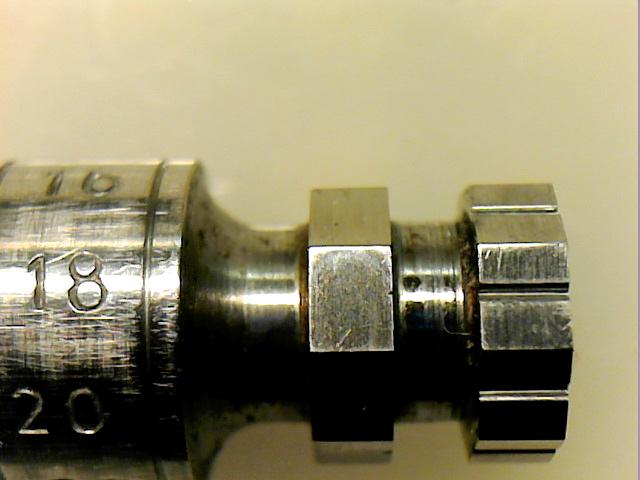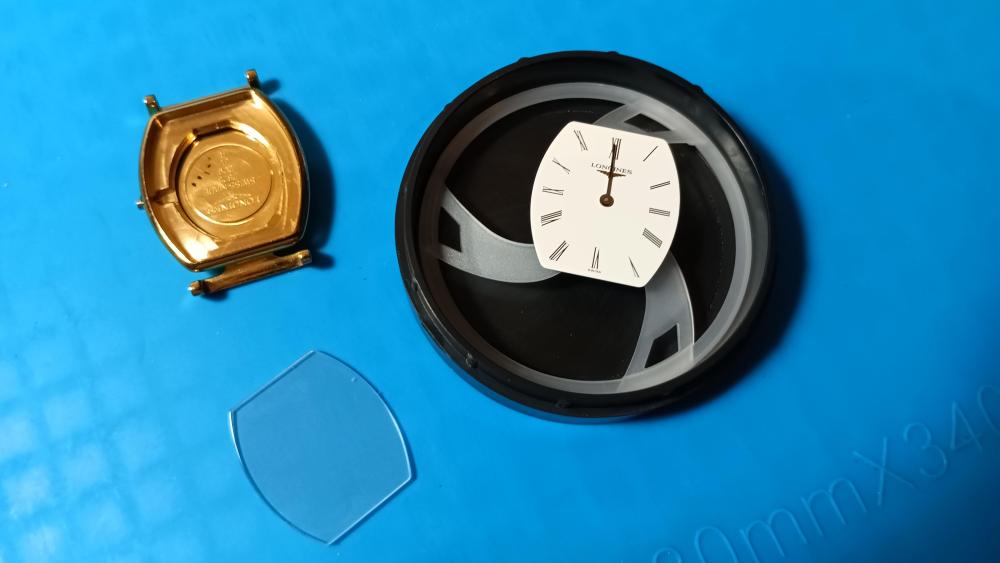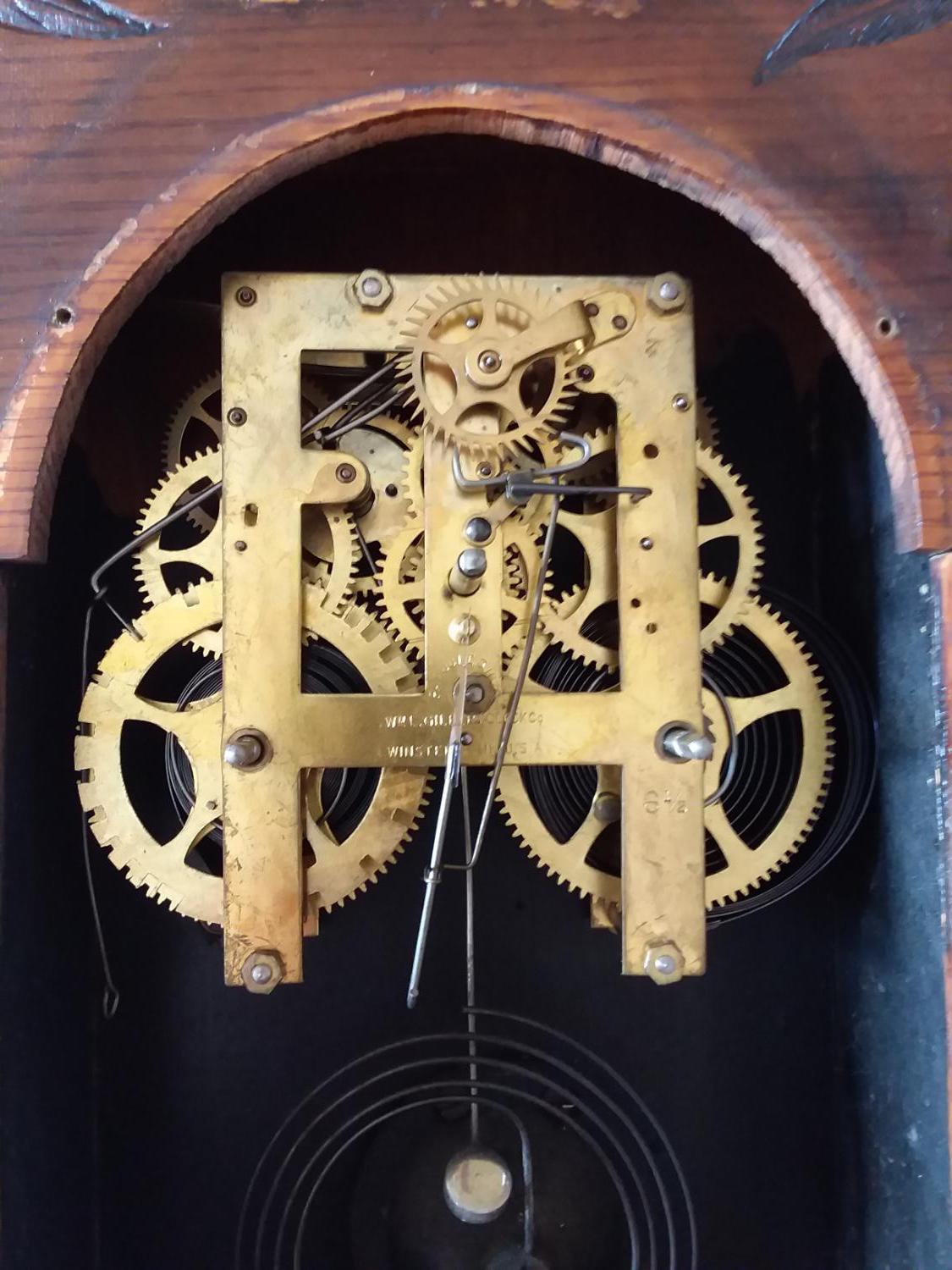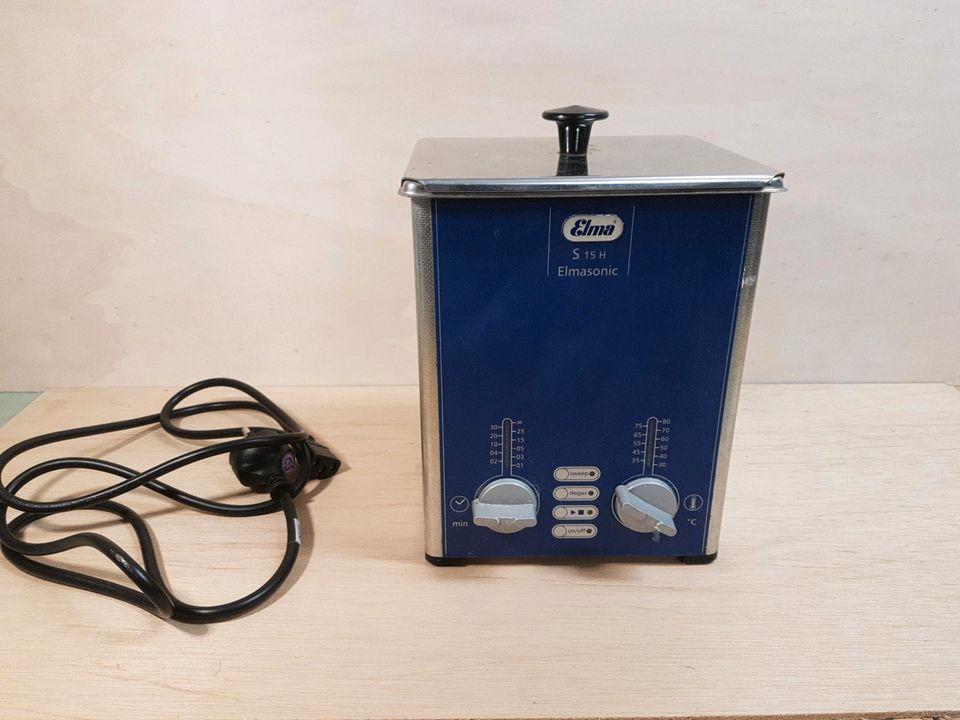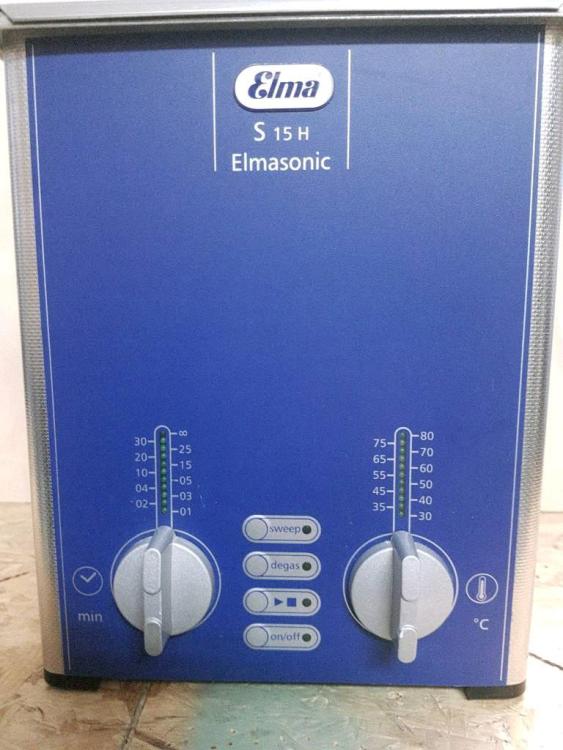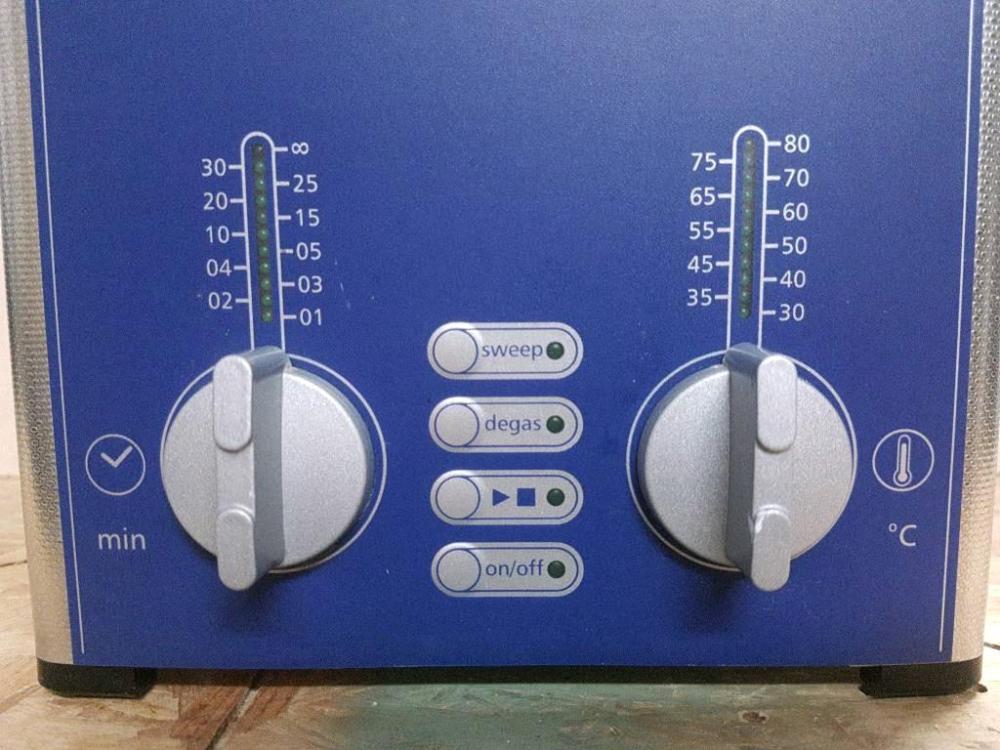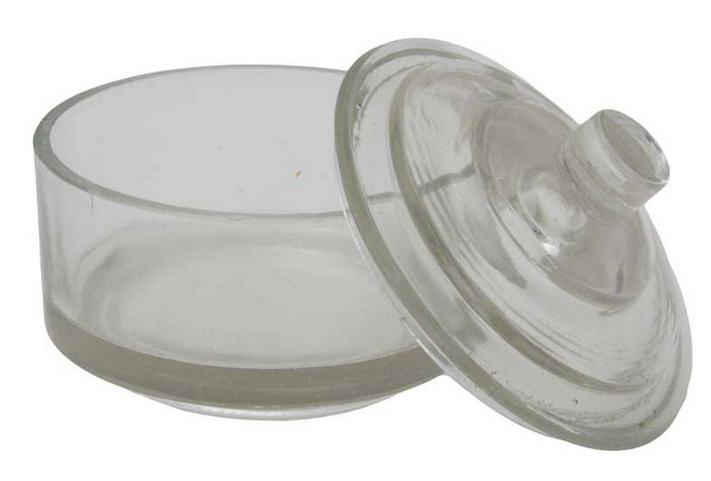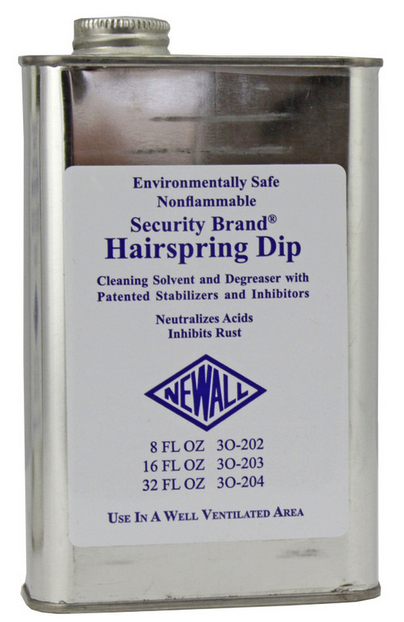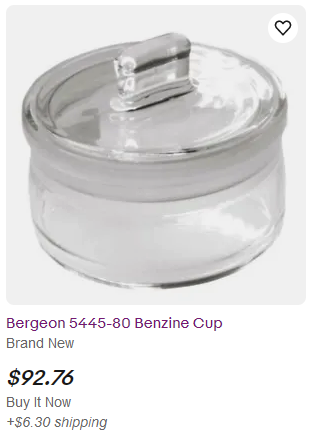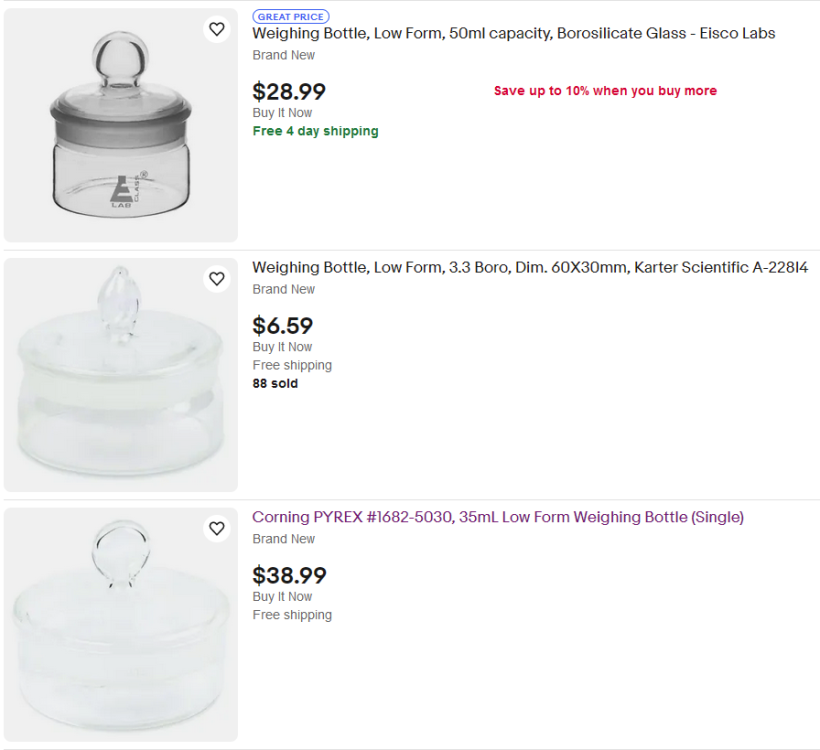Leaderboard
Popular Content
Showing content with the highest reputation on 02/16/24 in all areas
-
Then this is definitely one of the issues you are having ross, most of that energy the mainspring is producing coming through the train is being killed by a balance that doesn't want to oscillate. As nickelsilver said, focus on the balance assembly, maybe do the test first and deal with getting the balance running right before continuing any other part of the build. Make that your priority for now, so as soon as you are at that stage get some pictures posted and describe exactly whats happening. We can all get our heads together and get this area fixed before looking at anything else.4 points
-
Ok, I would focus on the balance assembly, its jewels, and hairspring. You can do the test oscillation at whatever starting amplitude you want. I just took a 6497 that has been sitting "naked" either in a drawer or on the bench for years (on the bench, uncovered, at least 5 years). Dust everywhere, the pallet fork had dust bunnies on it! Pulled the fork out, balance back in, pulled the balance around to give 180 degrees and released it. The balance oscillated for 50 seconds; though it had dropped to about 20 degrees after 30s- but still kept moving to 50s. The oil in the Incablocs looked surprisingly good especially considering it was serviced perhaps 14 years ago. This is just to illustrate what a manky watch can do on the balance test. Also just grabbed an ETA 2778 (21,600 bph vs 18K on the 6497) out of the parts drawer; bone dry (i.e. old dried oil) in the Incablocs. It did a good 40s with the fork out. As above, if puffing, initial amplitude may be much higher than 180 degrees, so you would see longer oscillation time. But something is amiss with the balance on your pieces. With fork in 6497 ran with 250 amplitude in its manky state, the 2778 hit 260, both full wind minus 8-10 clicks.4 points
-
I read through and didn't see a response so sorry if you did- have you done a test of just the balance (no fork) to see how it oscillates on its own? Set it in motion (at least 180 degrees) and see how long it goes, both dry and lubricated.3 points
-
John. And others who have helped. You may be asking. Why do I ask questions at this level? I really do appreciate the time you take to try to assist me. I do read and try to take in all information. Some may think me naïve, although I am so pleased that no-one has even considered raising a concern about the level of my question. The only way I can learn is to ask a question. Perhaps someone else who is at my level but is worried about asking, will benefit. What is noticeable in the answers is the level of 'cajole'. In that, I mean all you can perceive from the answers is none criticism. What a great bunch you are. Being totally on my own and learning such and intricate hobby, for me it is intricate. My only recourse is the internet. Thank goodness for you lot. I've got tutors, friends, facilities from all over the world. Do you realise how great that is? Ta3 points
-
when I was cleaning watches at home that is exactly what I used to do. The only minor problem I had the first hairdryer worked perfectly the temperature was nice. but the second one was rather intense and I felt the temperature was much too hot. So then I got creative and modified a coffee can elevated the area that I put the watches in move the hairdryer back a little bit so it wasn't quite as hot and I usually put something on top not covering hundred percent but allowing it to get nice and warm and it works really well.3 points
-
@nickelsilver I finally got around to start learning the Jacot tool skills Starting off, I was puzzled which runner to use, so I had to re-read your explanations. Thereafter I thought it may be an idea to put a "face" to each type of runner bed to clarify your explanations. Runner #1 and runner #4; (the runners with the caps) for smaller pivots. Runner #1 has the sizes: 5/6/7/8/9/10/11/12/13 and runner #2 has the sizes: 14/16/18/20/22/24/26/28/30. Runner #2; for the 4th wheels with tapered end; Runner #3; (like runner #2) is indeed an additional 4th wheel runner for tapered pivots; Runner #5; with beds on both sides, for the larger pivots, i.e center wheels. Covering the sizes: 32/34/36/4045/50/55/60 & 65 on one side and 70/75/80/85/90/95/100/110 &120 on the other side;2 points
-
2 points
-
Never. OK. It's what I need to aim for. Tom. Without pallet fork. 10 to 15 seconds. Never had 60s. It's what I need to aim for.2 points
-
I use the same technique for Seiki diafix settings. Remove spring and cap jewel for cleaning. Reinstall, then oil from the back side. I push the oil through the hole with... a whisker I stole from my dog's muzzle! I snipped it off and glued the big end to a toothpick for a handle a couple of years ago, and keep it in a small plastic tube when not in use. Don't worry, he hasn't missed it.2 points
-
Probably this is an older basket when the mesh was not made of stainless steel. I think if you used an ammoniated cleaning solution, the problem would go away on its own.2 points
-
I came up with a similar solution. I have one of these Horotec Incabloc oilers which work great, but I bend or break the tip about every third use, and lose 50% of the replacement tips trying to install them. Instead I took a broken dip oiler and honed the shaft to a fine point on the same stone I use to dress my screwdriver blades. It was easy to gently (or you'll break it, ask me how I know) move it back and forth while rolling in my fingers to get a long, thin point that is 10000% more durable than the tip on the Incabloc oiler and fits even the smallest jewel holes. Just put a drop of oil on the jewel and poke the pointy end into the jewel hole. It works a treat, is much easier to maneuver and see around than a wheel, and you don't have to worry about breaking or bending pivots while distributing the oil.2 points
-
My desert island song is Blessed Feet by the Tord Gustavsen Trio. Piano jazz. Some sort of Scandahoovian going by the name. Always love Norah Jones. We grew up in the same time and place, went to the same university (briefly for her part). I worked in a music store in high school that I'm sure she got music from given market and location, and I'm sure our paths crossed, but she wasn't famous then and would have just been another face in the crowd. Melody Gardot is another good one. Dave Brubeck for the odd meter. The Bad Plus. Just about anything that grooves on odd meter and a bit of dissonance. If it doesn't have something to challenge, it's just kinda boring.1 point
-
unfortunately dyslexia does not affect just reading it affects writing also. Which is why I use dictation software because if I had to hand typed I would never be here. Then as a guess most the people on this group have dyslexia. there is a interesting study a while back a book was written and I believe they have an entire society now promoting their thoughts on the advantages of having dyslexia. simplistically they found when taking out the common factors of dyslexia reading and writing well they found people with dyslexia have advantages which is why a sizable percentage of the people on the group have dyslexia. for instance one of the stories in the beginning of the book a doctors explaining to a mother about her kid with dyslexia oh dear. she is grasping that her son is a spelling problem and the doctor keeps saying the words of like a doctor. It kinda goes back and forth much longer than I'm doing in this and at some point in time she grasps like a doctor? Why do you think doctors can't spell dyslexia. Or almost everybody or everybody at MIT has dyslexia for instance. The book goes on to all kinds of examples of breaks people up in the categories so dyslexia is not necessarily bad it's only bad for us communicating. Or me using my dictation software which frustrates the readers of the group and occasionally gets scolded for my ineptness of not seeing a problem because dictation software never makes a spelling mistake and I don't always catch the mistakes it makes. I'm expanding that not just too many cooks but too many thoughts and ideas were spiraling out of control actually we have spiraled out of control which brings up a serious problem for all of us. another reference of too many cooks in the kitchen brings up the problem of were all trying to help. Unfortunately the discussion has spiraled out of control as were all suggesting things lots of things and the common problem here is Ross. So now Ross has to try to interpret all of this flood of suggestions ideas whatever and that's a challenge a big challenge for all of us were not going to get answers back at all or they'll be delayed or nothing's going to be achieved here it's time to start over. Russ I believe you have a running watch you need to start a new conversation on perhaps review of how to service a watch. We could all use a review of servicing and we slow things down and go step-by-step of how to service your watch. Because that's really what you're asking how to service a watch successfully so it's running equal to or better then when you started. So for the reviews step-by-step to helping people can get answers on a more timely basis to analyze what's going on rather than simultaneously running a whole bunch of discussions all at the same time. But that's only my suggestion I'm sure others have other thoughts on this.1 point
-
I like to put time and effort into making myself well understood . I often rewrite whole sentences and edit after reading back through a post. I dont like shortcutting on words or shorthand that can be misread, i do try to keep it simple. It's a big part of my ocd. One of my customers once said to me # if my attention to love making is as good as my texting then my wife is a very luck woman #1 point
-
Sorry, I was missing for a while. OK, so we have bad free oscillations test... Ross, we need now to understand if the problem is in the bearings or in the hairspring. And, has it something to do with the cleaning process. Now, the balance actually does not need to be clean for reaching good oscillations count. Only the pivots need to be clean, this is the part of the balance that goes in the stones, and stones need to be clean too. I will recommend to do different cleaning to see what will happen. The pivots can be cleaned mechanically. Use soft wooden stick to drive the pivot in the face of it and rotate the stick for a while, this is enough to clean the pivot. Exercise on balance that is not important first, to be sure that will not break some pivot. The stone settings - deep them in some domestic degreaser for 2-3 hours, then wash them in water, and finally in isopropanol. Do the test again, first dry, then oil the stones.1 point
-
Birbdad, Gosh, Poor dog , for your steady supply must grow new whiskers in a hurry. Try acupuncture needles instead.1 point
-
Im all over the place. Lots of different types of music. Im a guitar player though so I gravitate back to Led Zep and Jimmy Hendrix. I think thats cause its the music I like to play.1 point
-
Apart from your extensive use of slang, I find your writing far more expressive than avg , being a non native English reader I well understand your posts, perhaps you are careful constructing your sentenses, some folks shoot as if those who don't understand them ought to pay out of state tax or go to Gaza.1 point
-
Be very careful you do not want to break it. From the picture I would say you just need to lift it up and put it on the lever, if it's one sided then just bend it slightly so it is in the middle.1 point
-
Ross, I see from another topic that you mentioned using an indirect method for oiling the balance shock setting jewels. Maybe you should double check where the oil is ending up. (Just a thought).1 point
-
I use a very fine stainless steel bristle taken from a BBQ grill brush and held in a pin vise.1 point
-
Our heads ARE together already , may I have my nose back please. I know chinese 7s26 , 2428 etc oscilators oscilate as they like.1 point
-
Good advice. Back to basics for me. Seiko 7009 with 151 amplitude is my Monday job. My apologies for the descriptions. My dyslexia makes it hard to put my system into the exact words to fully describe. I am trying. Yes, I know. I'm very trying. Haha.1 point
-
That makes total sense, thank you! Should the top spring then go over the top lever? It is now just sitting on the side of the top lever, idle it seems That makes sense, thank you very much! That would seem like a logical thing! Thank you! And also, does one just twist the spring to position it on top of the lever or how is that done?1 point
-
You might have overly reduced the end shakes accross the board, What end shake you think you have adjusted your balances/ other pivots to. What happens if you increase the end shake ? Do you usually lift one side of the balance rim to check for shakes ? and if you do how much force do you apply to balance rim ? Hard to agree with the pivot bent story as you face this issue accross the board. Its either your technique/ dexterity or your machines. not the pivots/ balances you work on. Rgds1 point
-
It sounds like excessive friction in the balance pivots Ross. My understanding from this group among other places is the balance should rotate for >60 seconds after being blown by a puffer. Tom1 point
-
Sounds like good stuff. It's available on Amazon and ebay in the UK1 point
-
I use a simple hair dryer to blow hot air on the parts after the final IPA rinse.1 point
-
That spring should be on the top of the lever and on the bottom of it. It acts to give a spring effect so the lever doesn't get stuck when lifting. As far as I can remember as its a long time ago that I retired from watch and clock making.1 point
-
Will be interested to see the results, thanks for letting me know about this place1 point
-
Yeah, i looked around and did see that, they even would specify a genuine vs generic of hte same part side by side. They sell real and often obscure movements. The ONLY single instance on the entire internet i could find was a guy ordering a chinese knockoff movement from them and he did receive it and said it ran ten minutes fast per day but it was the real thing. Shipping is high but i took a chance. Ordered 3 of em for what it would cost for one from cousins. Part of me wonders if they just get a lot of stuff from the chinese seiko factories that "fell off the truck". So i took a shot and ordered 3. I can easily compare them to the real thing and then report back.1 point
-
Yes, I've been screwed once. A PW was sold by a "seasoned" seller as a runner, even with a short video of a moving balance. But with a broken balance-staff pivot the watch ran only in one position, just like in his video ....... another hard lesson learned Luckily, it had a CYMA movement and I could find, with the help of members here, a new balance staff ....... Ever since, this question is included.1 point
-
I believe they make newfangled electronic devices that could measure magnetic fields but they're probably expensive. In the absence of that you can make your own if you had a linear Hall effect sensor. The last time I needed to understand what a magnet was doing I just got myself a linear Hall effect sensor and made by own magnetic linear meter it worked quite nicely.1 point
-
No need to spend money buying this. Your manual oiler will break eventually and you can sharpen the end to a sharp point. Even a sewing needle would work. Or like Alex Hamilton says, keep your old broken balance staff and use the end with the good pivot to poke the oil into the jewel.1 point
-
Definitely trying this on the next one!1 point
-
at least your bench is currently clean. It's amazing what happens if you're not actively doing watch work. Then stuff gets piled up on the bench and soon you can't see the bench at all. then yes I saw the microphone in the picture and I can see the outline the timing machine. Just want to make sure you weren't using a phone app or some other thing where we've been led astray to problems that didn't really exist1 point
-
This was discussed in another thread. The droplets you see are the less volatile fraction of the cleaning fluids and dissolved oils. A small amount of fluid is trapped in the holes of the jewels when it is taken out of the fluid and when it is left to dry, it appears in a flower pattern around the holes. It doesn't happen when you use a rotary cleaning maching because at the end of each cycle, the basket is spun at high speeds to spin off any trapped fluids. My mentor uses an ultrasonic cleaner only but at the end of cleaning, he leaves the basket on a temperature controlled heating pad, set at 60°C, for about 30mins. And he has no issues. I also use an ultrasonic cleaner but I spin my baskets for a minute after every cycle. This also recovers about 2cc of cleaning solution, which would otherwise be lost or goes into the next jar and contaminate the rinse solutions down the line.1 point
-
The cleaning solutions are water free and do not absorb moisture. Check the concentration of your IPA. It needs to be 99% and not the medical grade 70%. Are you using a rotary watch cleaning machine or an ultrasonic cleaner?1 point
-
I use tsp, trisodium phosphate. Not on baskets so much (though sometimes) as the cleaning jars themselves. I know it used to be readily available and less so now, but it is fantastic. It won't necessarily renew the luster, but they will be clean.1 point
-
A beautiful timepiece as always. I envy your ability to find these "gems". I'm not into pocket watches, but nevertheless. Oh BTW, really clever to ask the seller if it runs in all positions. If it doesn't run in a certain position it likely has a broken staff, and broken staff on these old watches is of course very common. Congrats! That's one gorgeous timepiece! There is so much to like about it. Among other things, just to mention something, the crown looks spectacular. Congrats! As a result of the same thread, I got myself a Peseux 7040 which I have just serviced. Tentatively it looks very good on my TM. Very straight and stable lines, although not with the same nice amplitude as you got, but still good.1 point
-
Yup, so for the 3rd wheel which needs hp1300 i load my black (Very small, use it for all oiling.) dip oiler up with a really generous amount and put it right over teh hole on the back of the jewel. I take my 3rd wheel and use the pinion side pivot to poke the oil through the hole, this will make a small bubble but not big enough, but enough to get it started. I then mop up some of the other oil around the hole and do it again. Usually i have to do another pass to get the bubble the right size. Take the dip oiler, put some more on the back of the jewel. At this point i keep an eye on the bubble cuz sometimes just putting more oil on the back of the setting will suck a little in so you might not need to use the pivot again to poke it through. Then i use some rodico and just clean up the oil off the back of the setting and you're done! It's SO easy and so precise.1 point
-
1 point
-
we need to get you onto the commercial watch forums to spread the word to all the professional watchmakers that they're destroying the watches. maybe you should start a YouTube channel and educate the consumer to the stupidity of professional watchmakers still using ultrasonic machines. that's a interesting procedure and it's really interesting. normally and watch cleaning you have an initial bath of something and things go into the solution normally this would be a cleaning product better designed at putting things into the solution. Now you have your watch parts covered with dirty solution. That is why you take it out and ideally have a spinning cleaning machine the spin it off or put it on your paper towel like I used to do the wick off some of the dirty solution. Then you put it in the next jar which is cleaner than the first jar. So with each separate bath each your reducing the concentration of bad stuff that's all over the plates. then did follow up with a final alcohol rinse and dry but that's not what you're doing maybe some more jars would be in order and a little longer than two minutes because that just isn't enough time. as a lot of people that frown on that at all anywhere. I would try to minimize contact with a clean watch especially anything that involves pivots or jewels. I saw a review for the witschi watch expert number one where the person commented about cleaning the balance pivots with that nifty substance and noticed a decrease in amplitude. So it's a wonderful substance but I would keep it away from the pivots. personally have liked to see a slightly heavier oil but you still haven't answered a question the pallet fork as pivots and pallet stones how do you lubricate those?1 point
-
Yup. Good innit? Even though I have problems, the members take the time to assist. They are good.1 point
-
I don’t disagree with analysis and don’t recommend them either but I have them and I will use them because I have trouble pulling the right amount from the oil cup for settings that are exceptionally large or small. Also, with a regular oiler I seem to have issue with jagged bubbles when epilame is involved. …the flow of oil per pump can be finely regulated. The instructions what come with are standard Bergeon confusing. The auto also have a problem with capillary flow of oil from the tank on to the pin so I have to check under magnification every time…1 point
-
Have to agree with you. There is a YouTuber who uses that technique for the chatone. Places the jewel on top, inverts and places into the setting. Oil bubble looks correct every time. I use is for myself now as it is easier than getting a 'ping' now and again. I had thought about an auto oiler. But finances dictate not. Thank you for the update.1 point
-
1 point
-
1 point
-
For most of my cleaning I use an ultrasonic with L&R chemicals, but I still like to clean my balance and jewels separately. Like most of us I think, I started with this inexpensive glass "alcohol jar:" Which works okay, but it doesn't have a flat bottom, it's kind of big knocking around my desk, and the lid doesn't seal at all, which causes my expensive (but effective) hairspring dip to evaporate very quickly. So I briefly thought about upgrading to the Bergeon benzine cup until I saw the price tag. This guy was a little too fancy for me... I did a bunch of searching around for benzine jars, then I decided to look on the scientific glass website and found the magic search words: "low form weighing bottle." Even the made-in-USA Pyrex one is a third the price of a Bergeon. Just wanted to share for those like me who are happy to pay a premium for quality, but not happy to pay a premium for a brand name.1 point
-
I follow the procedures recommended for watch cleaning machines. The first jar is the cleaning solution, in your case Naphtha. The second and third jars contain rinsing solution, in your case Alcohol. Some machines and some recommendations are for *four* jars, but I've never felt the need to do that. Good Luck!1 point




